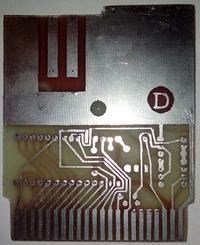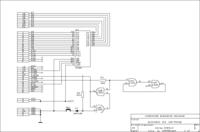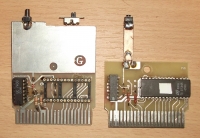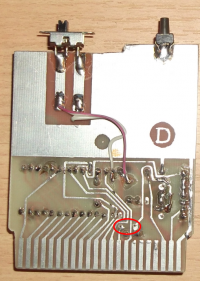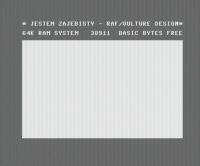wejog wrote: I have no. 6 from 2010, below the whole, a bit mare, but it is
A colleague gave the links above. But points for trouble :-)
--- edit ---
Hello after a few days.
I have read "We Build Cards" on pages 84-85 "
Commodore and Amiga fan "and I have a slight problem understanding a certain point, which is what I underlined in red:
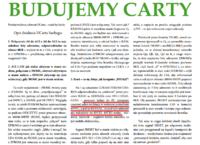

If I understand correctly then:
The counter program reads $ FFFC, finds a redirection to $ FCE2, here to $ 8005 and reads subsequent characters, up to $ 8009, these characters should create the string "CBM80", but whether this string is there anyway, it doesn't matter. because it will be redirected to the address $ 8000 anyway and the reading starts loading subsequent characters into the memory up to the address $ 9FFF.
Sounds slightly absurd. Anyway, from $ 8005 to $ 8009 there is going to be the string CBM80 and then backwards and again from $ 8000, where again from $ 8005 will be the string CBM80 again?
The article seems to be written from scratch (for everyone) and after a while we enter the level of abstraction on average understandable to anyone.
Another thing that seems to be discussed in detail, and not necessarily clear / transparent / understandable, is bank switching:

As I understand it, C64 has a 13 bit address bus (A0 ... A12). At least this is what I conclude by looking at the diagram:
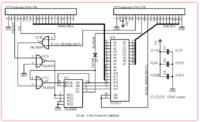
To address larger EPROM memories, you need to issue another three address signals (A13, A14 and A15). It is done, as I can see, by controlling the 74LS90 counter with the FI2 signal (I have to read what it is and what it does, because the article shows it on average).
Oh and okay, a honey miracle. But whether the point is that when the data from the first 8 kB "bank" is loaded, the bank will switch from the machine (another combination will be set on shafts A13 ... A15). What event in the system causes the FI2 signal? Or maybe the behavior of this signal is somehow programmatically defined at the beginning of the program from the EPROM batch? Some kind of bootloader in the initial section?
8192 bytes can be addressed with 13 bits (A0 ... A12). After addressing these 8192 bytes, does the counter "realize" that so many have been counted and issue the line A13, after counting 8128 bytes, it sets A14 and turns off A13, after counting another 8192 bytes it turns on A13 again and so on?
I will be very grateful if someone enlightens me.
Thank you very much.
Mariusz




